By Dr. Arturo Osorio
Today you have more options than ever regarding where to obtain medical procedures and treatments. In particular, health and travel converge in the form of medical and wellness tourism, with both rising in popularity yearly.
Often misunderstood or thought to be interchangeable, these two health-related tourism options have distinct differences and serve two very different purposes.
The motivations behind the two are unique, with one being reactive while the other being decisively proactive.
What is Medical Tourism?
Medical tourism can be defined as the action of travel to a location, either domestically or abroad, where you would receive medical treatments and healthcare outside of your own doctor’s office.
Patients often travel to receive surgeries, cosmetic treatments, extensive dental care, or substance use disorder treatment. What ultimately defines these destinations, however, is a common need. In other words, destinies are more limited than other types of travel.
That need is the availability of professional and safe medical facilities and personnel to carry out medical procedures, treatments, as well as threatening life-threatening ones. The main focus of this type of tourism is the availability of high-quality treatment.
There are multiple reasons why people choose medical tourism, including:
- Lower costs.
- Higher quality of care.
- More access to health care.
Patients may also decide to have a procedure or enter treatment away from the prying eyes of family and neighbours.
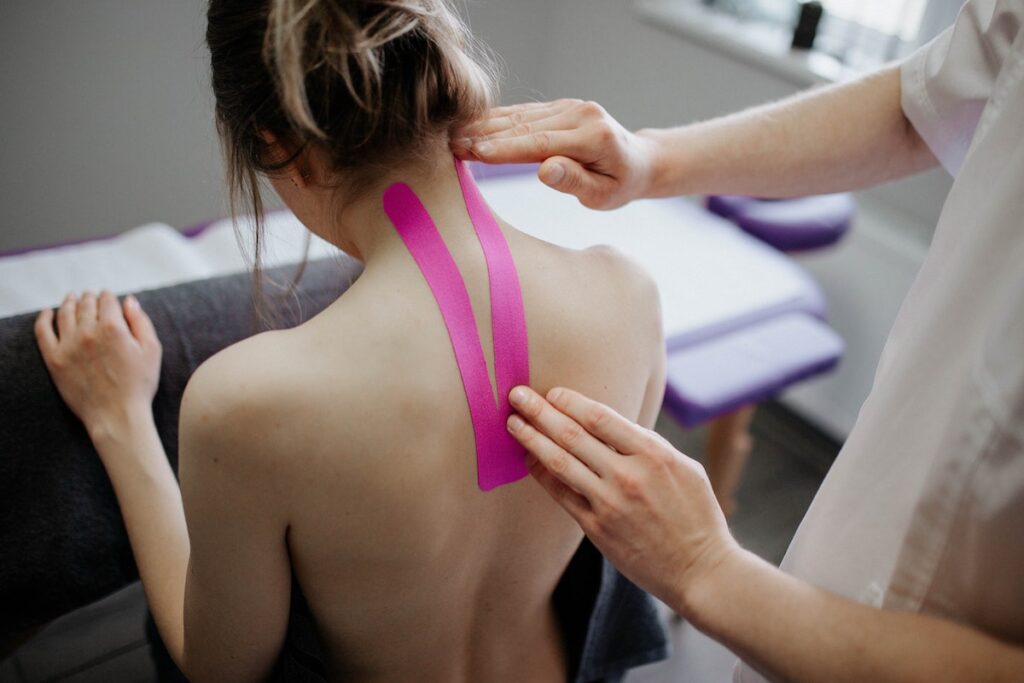
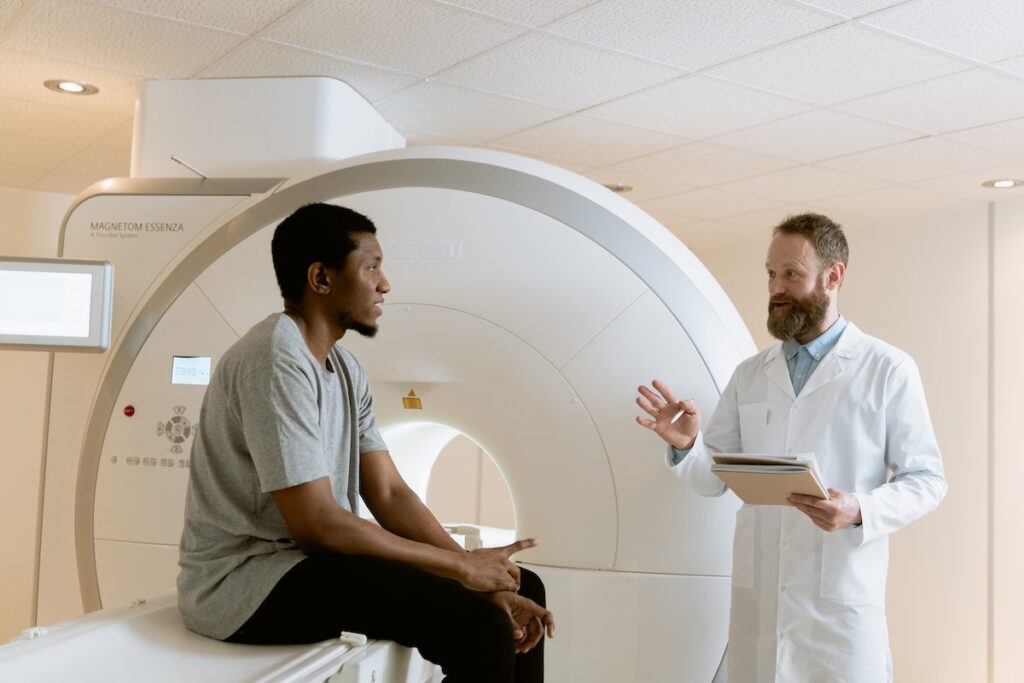


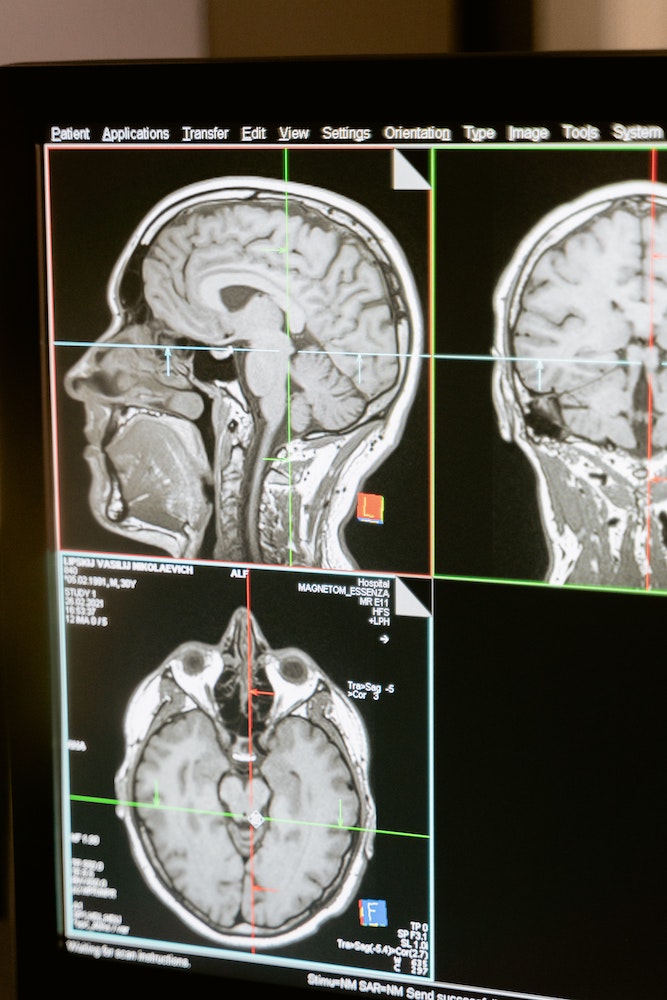
As an example, those seeking substance abuse and Substance Use Disorder treatment may find comfort in removing themselves from the environment they live in, so they can focus better in another location. Giving the chance to stick with a program and be more successful in completing it.
Affordability is often the main factor why patients often choose medical tourism. Treatment costs are frequently mixed up by other benefits, such as living expenses for you and your companion, included in the quoted overall price, or it may not be. Each destination can differ widely when it comes to billing.
Since medical tourism is unlike travelling for pleasure, there are significant health risks and recommendations to know and consider beforehand.
For one, travel requirements should be considered, including the mode of travel you use. Flying may be shorter and more conducive to many medical procedures when returning home. The goal is to lessen your chances of complications before and following a medical procedure or treatment.
Another factor to consider involves potential language barriers if you are travelling abroad. You’ll need to follow instructions before and after, so understanding the language will be essential.
What is Wellness Tourism?
In contrast, wellness tourism occurs when someone who looks for help jumpstarts on a healthy lifestyle or finds new ways to improve their physical and mental health. In other words, travellers voluntarily focus on enhancing their wellbeing in some way.
Locations for wellness tourism abound these days. Popular options include destinations with special natural resources aiding health, such as mineral springs and therapeutic muds. The landscape is another factor, providing hiking trails or tranquil spots to meditate.
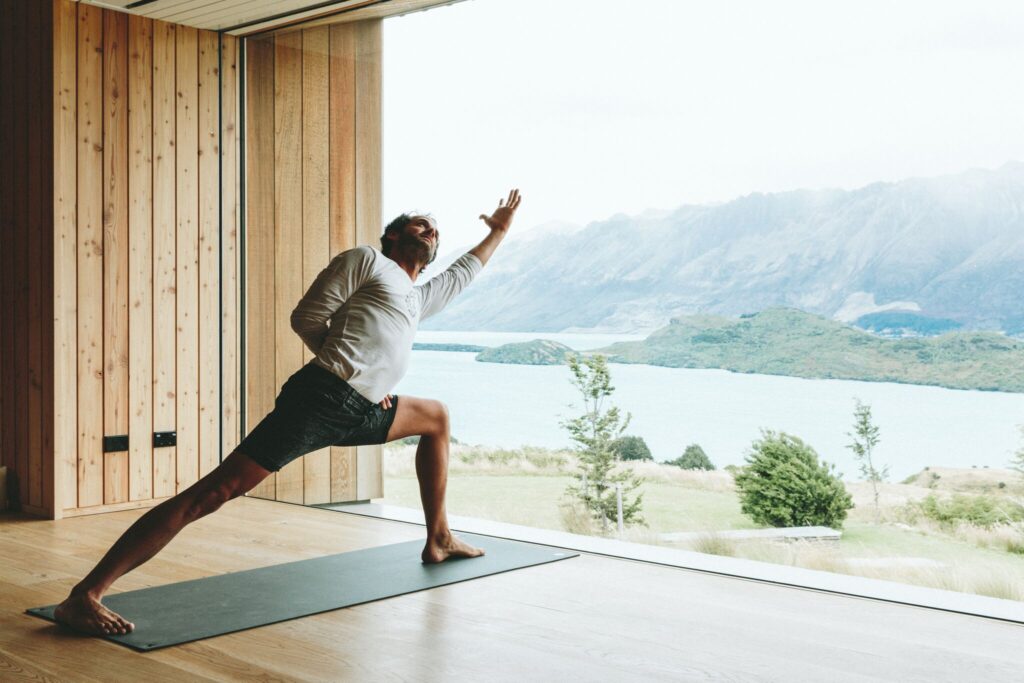

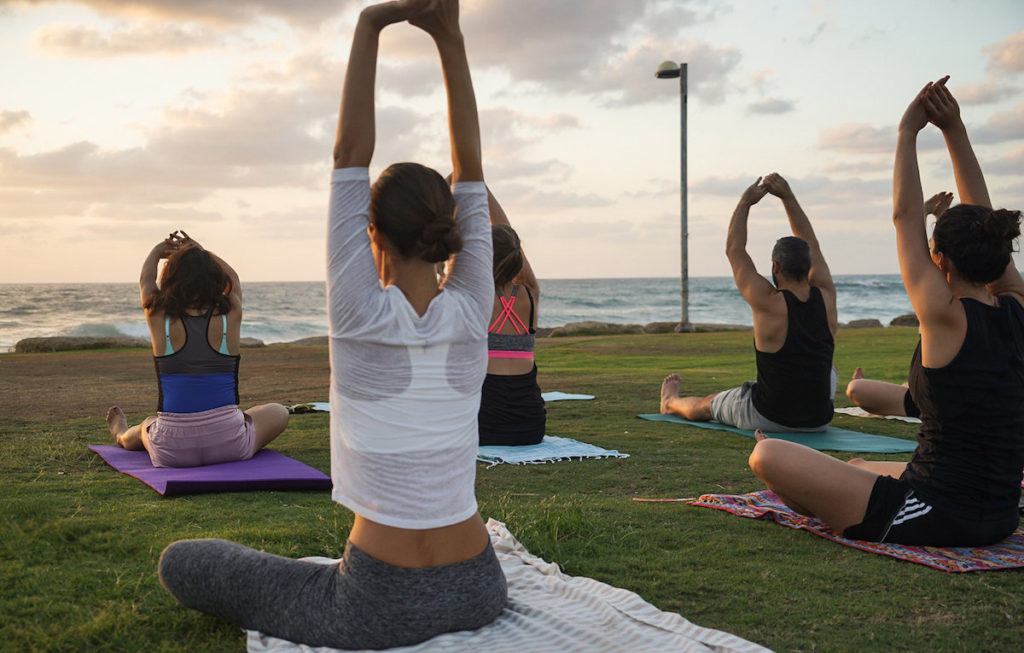

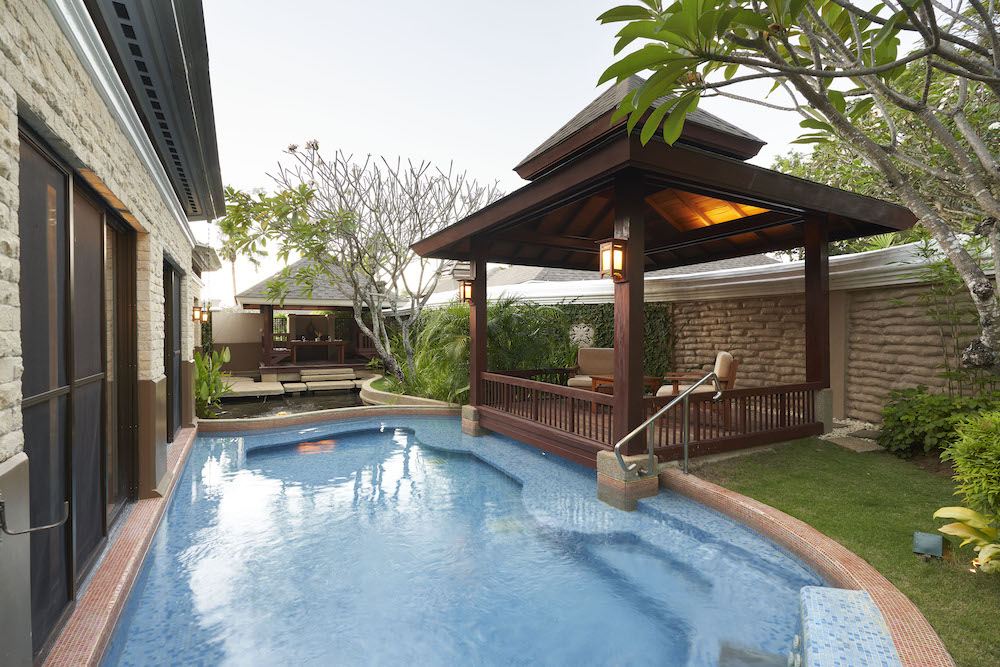
Spas, yoga retreats, and wellness seminars capture the attention of travel and wellness seekers as well.
There are various reasons for seeking out a wellness destination. For those recovering from Substance Use Disorder, wellness vacations can serve as an improving pathway for their bodies to care and gain control over rampant thoughts.
Those who already live a health-conscious lifestyle may wish to add to their good habits. Others may need a break from their busy lives and choose to devote vacation time to taking care of themselves.
Wellness tourism offers opportunities to learn how to better your eating habits, develop a healthy exercise routine, improve your flexibility, calm your mind, reduce stress, as well as improve your overall mental health.
Overall, wellness tourism is an opportunity to explore and grow while enjoying the surroundings of a beautiful locale.
Comparing Medical Tourism and Wellness Tourism Side by Side
Medical tourism can be considered as a response to a medical condition or desired treatment, prompted by illness or a desire to enhance a physical attribute via surgery or treatment. In contrast, wellness tourism is a way to look for ways to enhance health and wellbeing in various ways and locations.
Medical tourism and wellness tourism share a few things in common. At their core, each one offers healthcare solutions, and they sometimes share locations or destinations. Wellness tourism can serve as a follow-up to medical tourism once whole healing occurs.
In a nutshell, medical tourism is reactive, and wellness tourism is proactive.
MORE OF THIS
Get the best stories from our magazine every month, plus an advanced copy of the next issue. Subscribe now.

